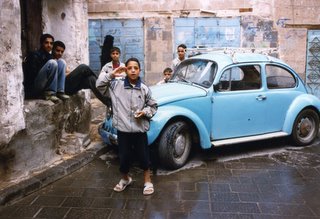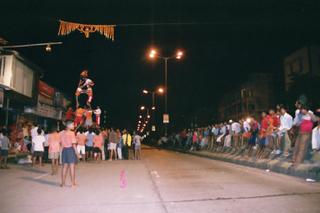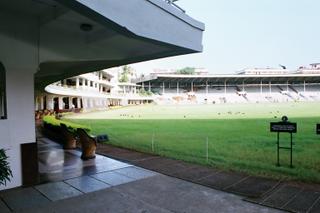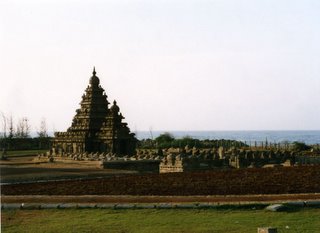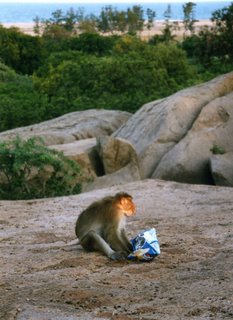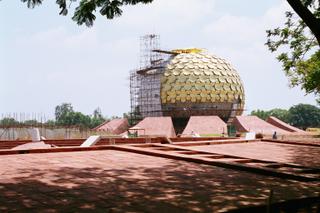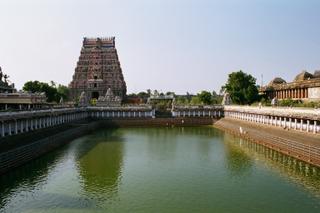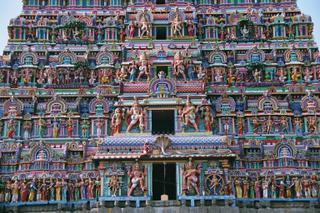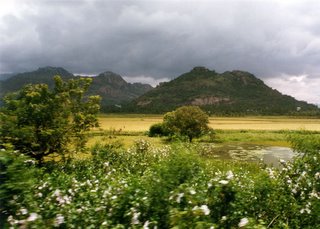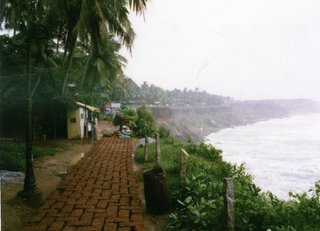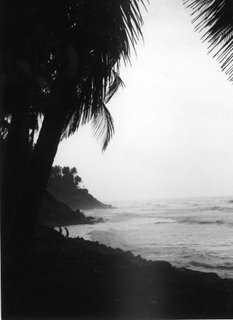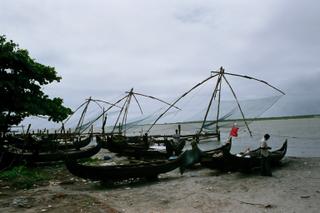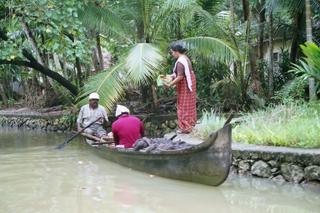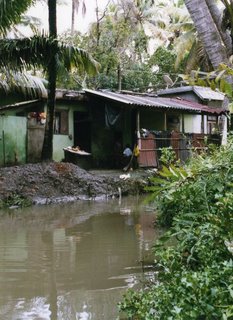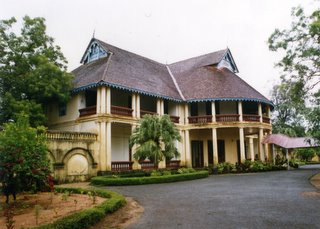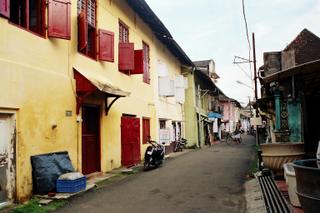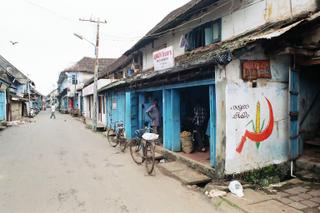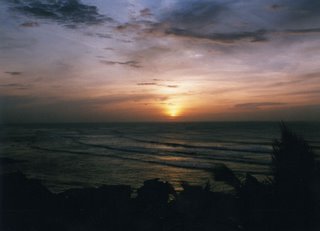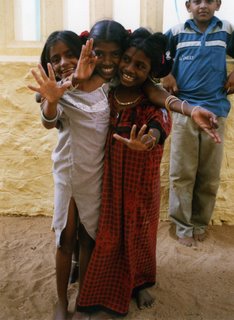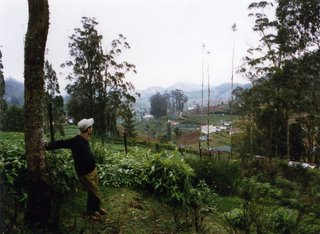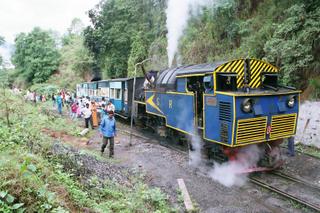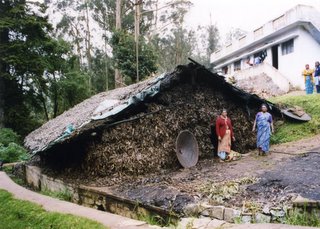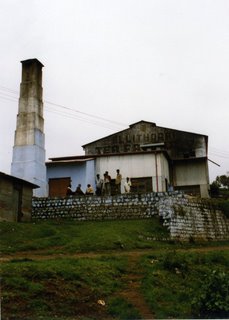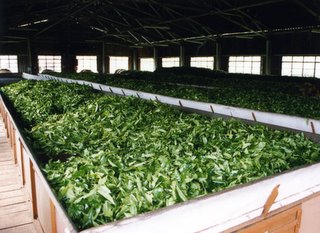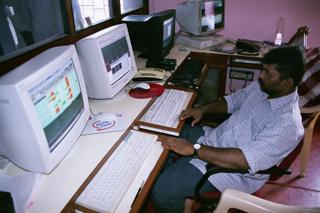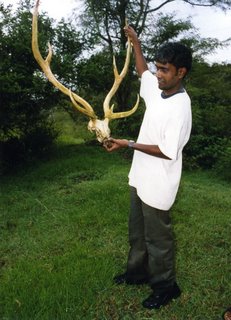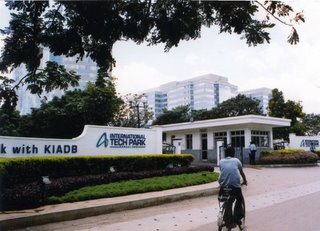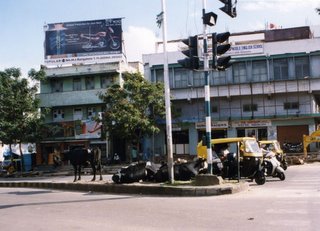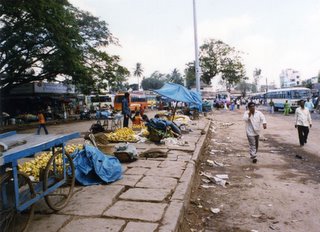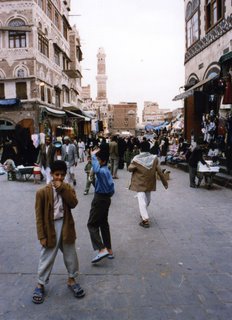Sana'a International
Let's face, it is a rotten shack in the middle of nowhere. But we fell for it! Such cool way to start an adventure - I believe shock therapy is the right expression; a stop-over at Sana'a International Airport. Not only was I sick on the bravery of feasting on Yemenia (Yemen state airways) in-flight cuisine, the toilets that greeted the cursed visitor at this desert plane hub made me realise how much I miss mum - always there to wipe my buttee. The gaping hole in the stained floor tickled the reflexes in my tummy, cold sweat appeared on my forehead when I realised there was no loo roll handy, and at the sight of a mere tap in the wall at the height of my ancles (presumably to wash your left hand) it all became too much to handle. Exit only - Mutti, take me home!
We had a good laugh about my little emergency at the departures hall, though the sympathy (coaching) you get from your girlfriend never lives up to the motherly care in the memories from the age of three. Nevertheless, the scene in front of our eyes was similar to the those India Jones tends to fend off with such macho vigour; in fact, a dose of that was desperately needed. There are two ways officials handle arriving crowds at Sana'a International. The dude with the loudest voice makes the biggest mess (most officials aspire to this status) and the dude with the highest military rank (always the quiet one in the crowd) has the last word. Without exception, but with much confusion, all passengers are ushered through the whole building, across all floors, possibly with the intention of teaching Johnny Westerners the art of Arab queueing - in actuality, quite similar to the behaviour of rowdy crowds at a Danish music festival. Before being herded into a bus to shuttle us off to the connecting flight (all planes are parked a kilometre or so into the steppe in the night), the chaos at the upteenth security check made even the calmest of local generalissimos resort to more hands-on kind of techniques to get us through the metal detector one final time. Christina took the prize - she got to meet two ladies dressed in burkas in a cordoned-off box where all European nonsensical politeness had been swept away with the desert breeze (a welcoming grope of the breast and so on). For some reason, she came out of the situation with a beaming smile over her blushed face. Once safely back on the runway, tuning into the mad sound of local Schlager on the flight to Mumbai, we could not help but laugh it all off. Dear diary, I wish every day for the following weeks will bring such and adventure! Turns out most did.
[below snapshot from old town of Sana'a about a month later]
